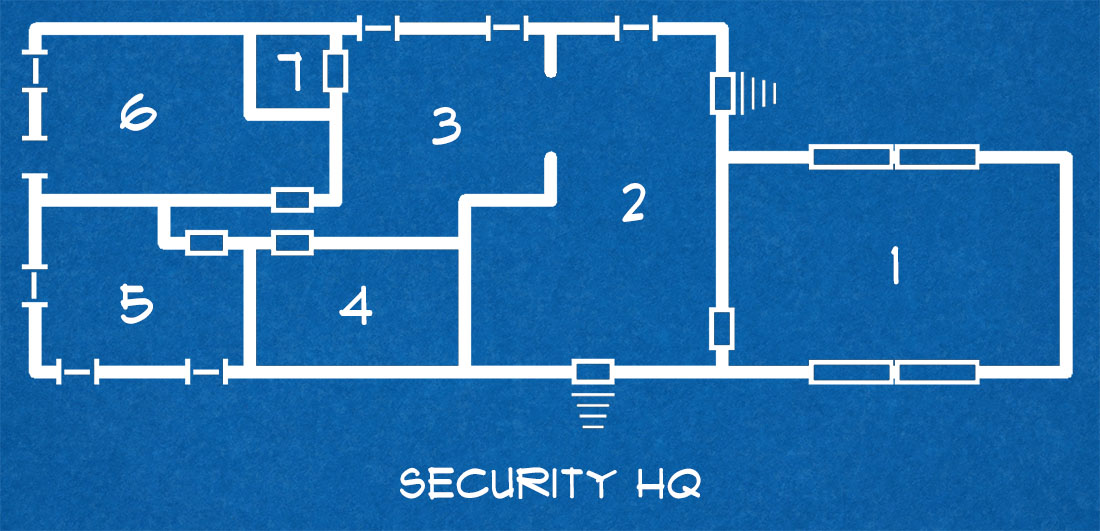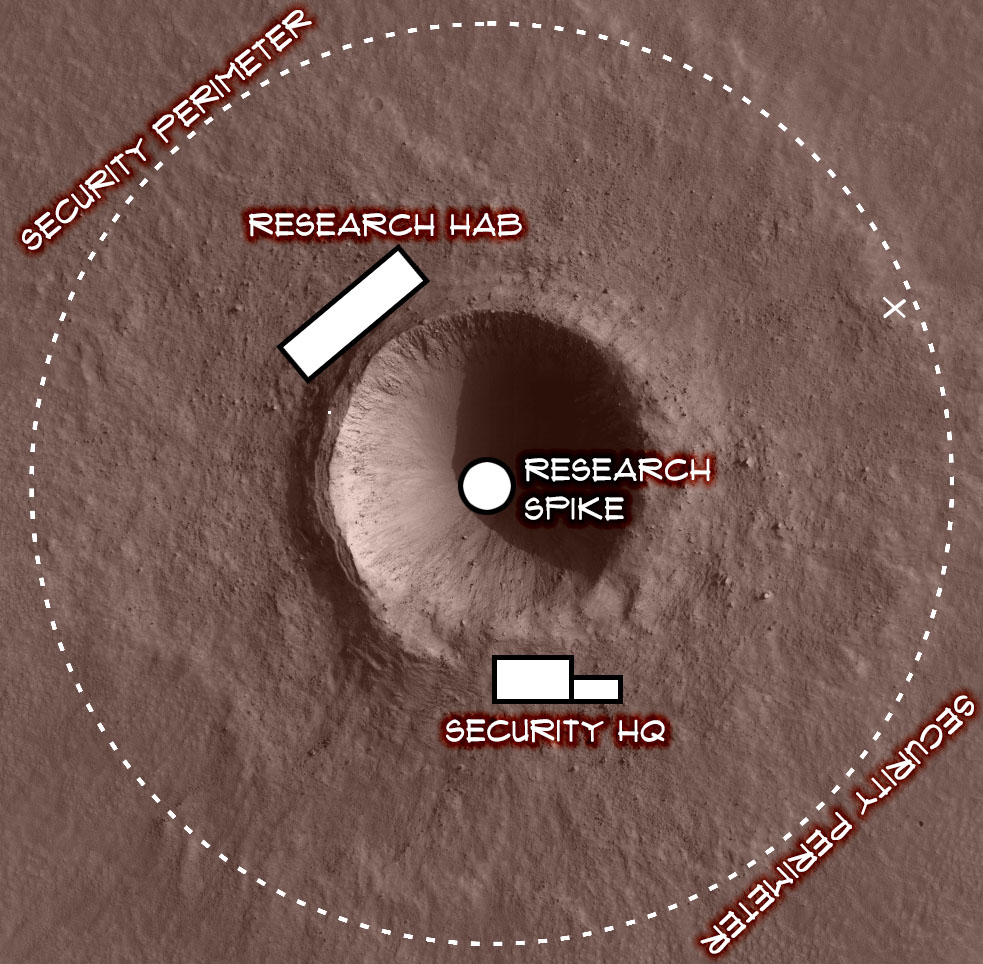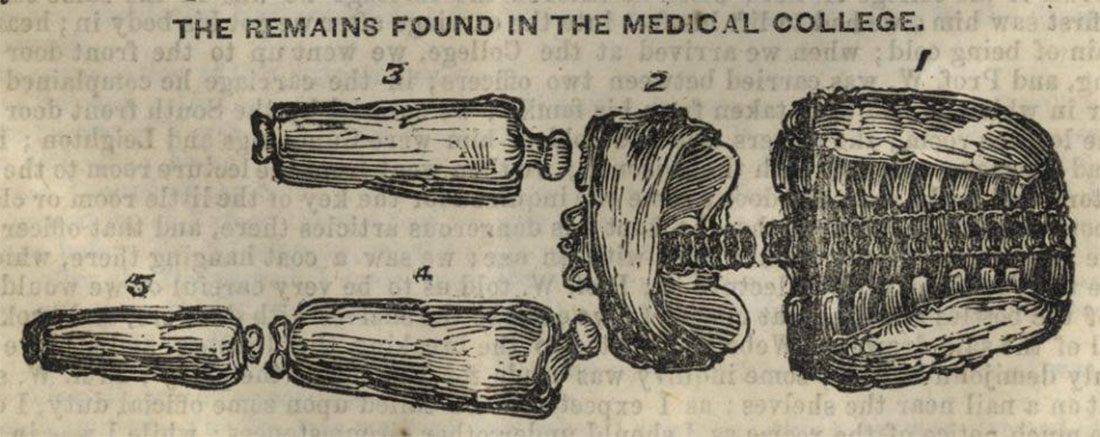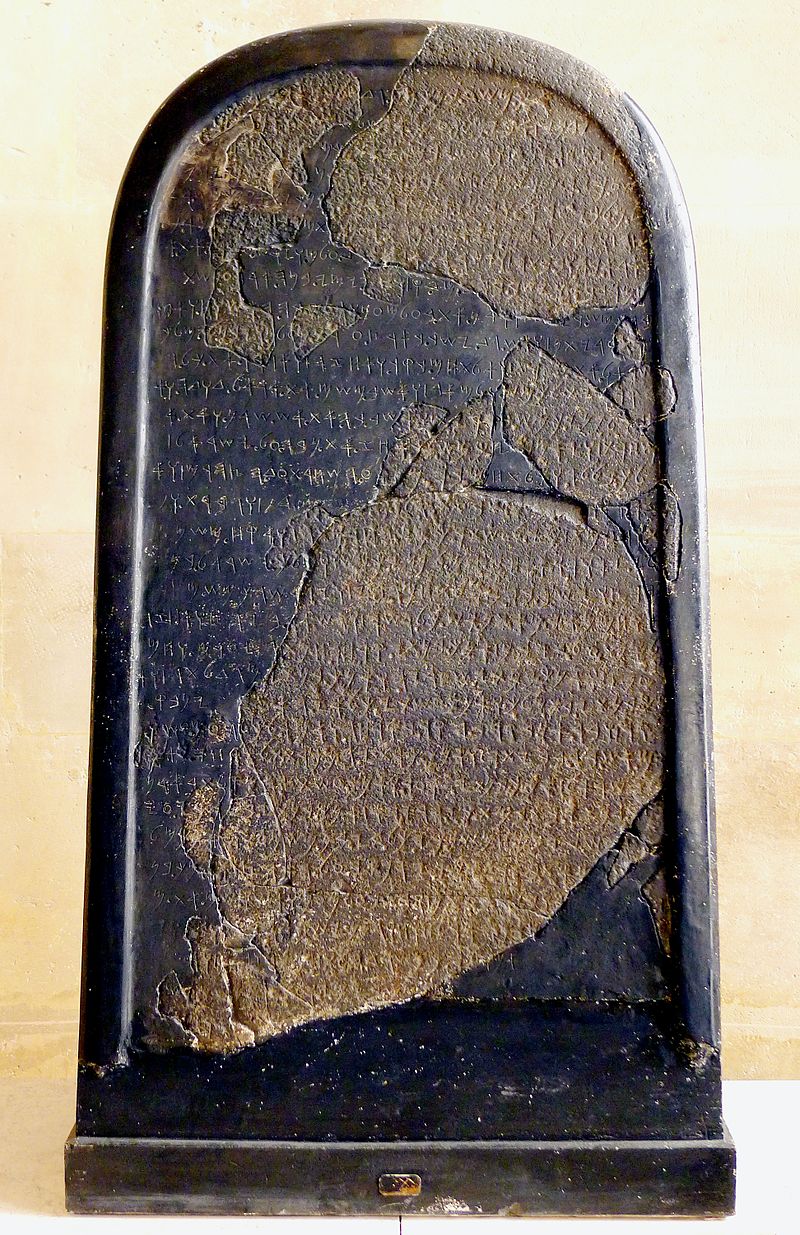
(120 meters wide)
EXTERIOR
- The bulk of Security HQ is on 10-foot high stabilizing stilts, with the exception of the garage (area 1).
- Mostly made out of white plasteel. The windows are silvered from the outside (but anyone inside can look out).
- Bundles of cable run from the Security HQ to the Research Spike and around the perimeter of the crater to the Research Hab. These contain hardwired camera and communication feeds.
AREA 1 – GARAGE
VEHICLES:
- Flying Car (Security Model) – Sunward, pg. 170
- Martian Trike (x2) – Sunward, pg. 170
- Hyperdense Exoskeleton – Eclipse Phase, pg. 344
- Maintenance berths for two flying serpents (see pg. 6).
AREA 2 – ENTRY
FABBERS (x2)
WEAPONS RACK
- Sniper Rifle (x2) (AP -12, DV 2d10+5 – SA – 12 reactive armor-piercing ammo – safety system, smartlink)
- Also has bug ammo (EP, pg. 337)
- Smartlink (EP, pg. 342): +10 attack test, microcamera, shoot around corner, control which ammo is being shot.
- Automatic Rail Rifle (x12) (AP -9, DV 2d10+8 – SA, BF, FA – 30 ammo – safety system, smartlink)
- Medium Rail Pistol (x12) (AP -5, DV 2d10+4 – SA, BF, FA – 12 ammo – safety system, smartlink)
- Shock Batons (x12) (DV 1d10+3+shock)
- Heavy Body Armor (x12) (armor 20/18, ablative patches, full helmet, shock proof)
- Ablative Patches (EP, pg. 313): +4/+2 armor, reduce by 1 per hit
- Shock Proof (EP, pg. 313): +10 bonus when resisting shock attacks
AREA 3 – LOUNGE
Chairs, tables, food fabbers
AREA 4 – SECURE ROOM
FEEDS: This room contains the hardwired security feeds from the Research Hab and Research Spike. It also processes the wireless feeds from the Security Perimeter.
DISPLAYS: By default, the security feeds are only available via the “silver snakes” which biometrically-validated users can attach to their skin. The feeds are then delivered as AR entoptics via a skinlink.
SECURITY AI: The security AI for the complex is housed in a server in this room. It has the ability to wirelessly broadcast the security feeds, but will generally try not to do that for security reasons.
- Performs a security handshake with the Research AI once per hour.
AREA 5 – BARRACKS
Bunks for six.
DREAMLOGGER: One of the pillows is Dominic’s Dreamlogger, designed to record a person’s dreams while they sleep.
- ACCESSING: Requires bypassing a firewall; Infosec test (-20). The data is essentially an XP recording and must be either experienced or processed into a visual feed (which would require additional tests).
- CONTENTS: Roughly six days after coming onsite, Dominic begins experiencing increasingly disturbing dreams (see Basilisk Dreams, pg. 4).
AREA 6 – BARRACKS
Bunks for six.
AREA 7 – BATHROOM
With a feed line to the fabbers in area 3.






 her flesh; who had feasted upon the flesh of children given as molk fire sacrifices in the valley of Topheth; whose blood flowed through the abominations of the children of Ammon – left behind to crush the Jews if they should ever threaten his people again.
her flesh; who had feasted upon the flesh of children given as molk fire sacrifices in the valley of Topheth; whose blood flowed through the abominations of the children of Ammon – left behind to crush the Jews if they should ever threaten his people again.










